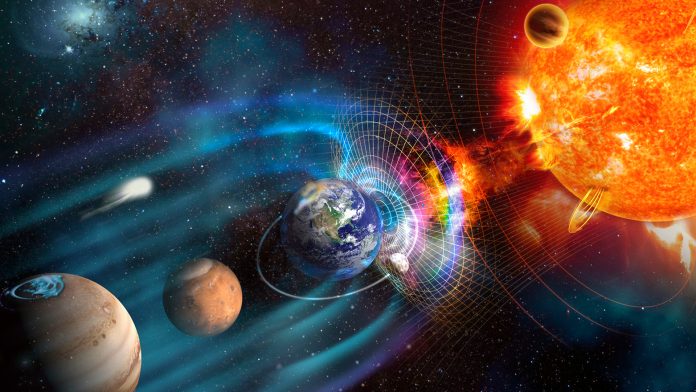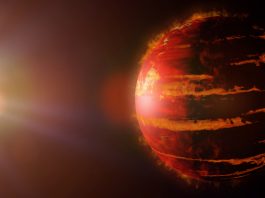A Chinese led project is aiming to obtain unprecedented insights into the Earth’s magnetosphere by placing X-ray technology on the Moon, an endeavour that will provide us with a more comprehensive understanding of space weather.
The investigation, led by the National Space Science Center of the Chinese Academy of Sciences, is developing a Lunar-based Soft X-ray Imager (LSXI), which they intend to implement on the Moon to procure a global view of the Earth’s magnetosphere, a vital component of space weather. LSXI is a wide field-of-view X-ray telescope proficient in producing X-ray images of the Earth’s magnetosphere, which it produces based on the solar wind charge exchange (SWCX) X-ray emission.
The project will see the National Space Science Center collaborate with a plethora of partners both in China and abroad, including the University of Leicester and the Mullard Space Science Laboratory, with the team estimated to launch LSXI around 2027.
The related paper for the research, titled ‘A Lunar-based Soft X-ray Imager (LSXI) for the Earth’s magnetosphere,’ is published in SCIENCE CHINA Earth Sciences.
Comprehending the Earth’s magnetosphere
Space weather – which can affect Earth-based technologies and, in severe cases, threaten human life – is driven by the solar-wind magnetosphere coupling and its dynamic processes. To fully understand its physical connotations, scientists need to know the processes of global-scale response, mass and energy transportation, and the coupling between different regions.
Nevertheless, solely relying on single-point or multi-point in-situ measurements does not provide sufficient data for understanding the global effects instigated by the solar wind disturbance, which is vital in grasping how the Sun impacts and manipulates the plasma and space weather.
Scientists have developed a relatively advanced understanding of magnetosphere structures and their physical evolution processes over the last 50 years due to the development of a range of magnetospheric satellites. The main bulk of our knowledge on magnetospheric response to solar activities has been attained from in situ measurements of satellites and theoretical model analysis, with missions such as Double Star and Cluster discovering crucial information about the local plasma. Despite this, because of the limited observation points, it is especially challenging to examine the complete interactions of the solar wind and magnetosphere at the system level and predict the global dynamics.
Innovating new imaging techniques
Scientists have developed a revolutionary soft X-ray imaging technique in recent years that is inspired by the eye structure of a lobster. This novel instrument is a wide field-of-view soft X-ray telescope with spectroscopic capabilities, of which its detection principle is based on solar wind charge exchange (SWCX) X-ray emission. This groundbreaking technique provides unrivalled observational coverage of the Earth’s magnetosphere, monitoring the full chain reaction process between it and the solar wind.
The team will implement this technology in LSXI, which will take advantage of the position change between the Earth and Moon to produce images of the Earth’s magnetosphere continuously. By amalgamating ground-based and space-based detection results, scientists will be able to achieve significant advancements in magnetospheric physics, which will help to predict and mitigate space weather disasters.
LSXI has an array of advantages over other observation projects, primarily because the Moon is in synchronous rotation with Earth, meaning it always has the same side facing our planet. This means that the Moon is the optimal location for attaining continuous observations of the solar wind-magnetosphere interactions.
Secondly, LSXI will cover the entire dayside magnetopause region because it is around 60RE away from the Earth, meaning it will be able to observe the bow shock, magnetopause, and cusps. Finally, due to the Moon being a permanent and stable platform, unlike satellites, its life cycle is not limited, allowing for coverage of multiple solar cycles.









